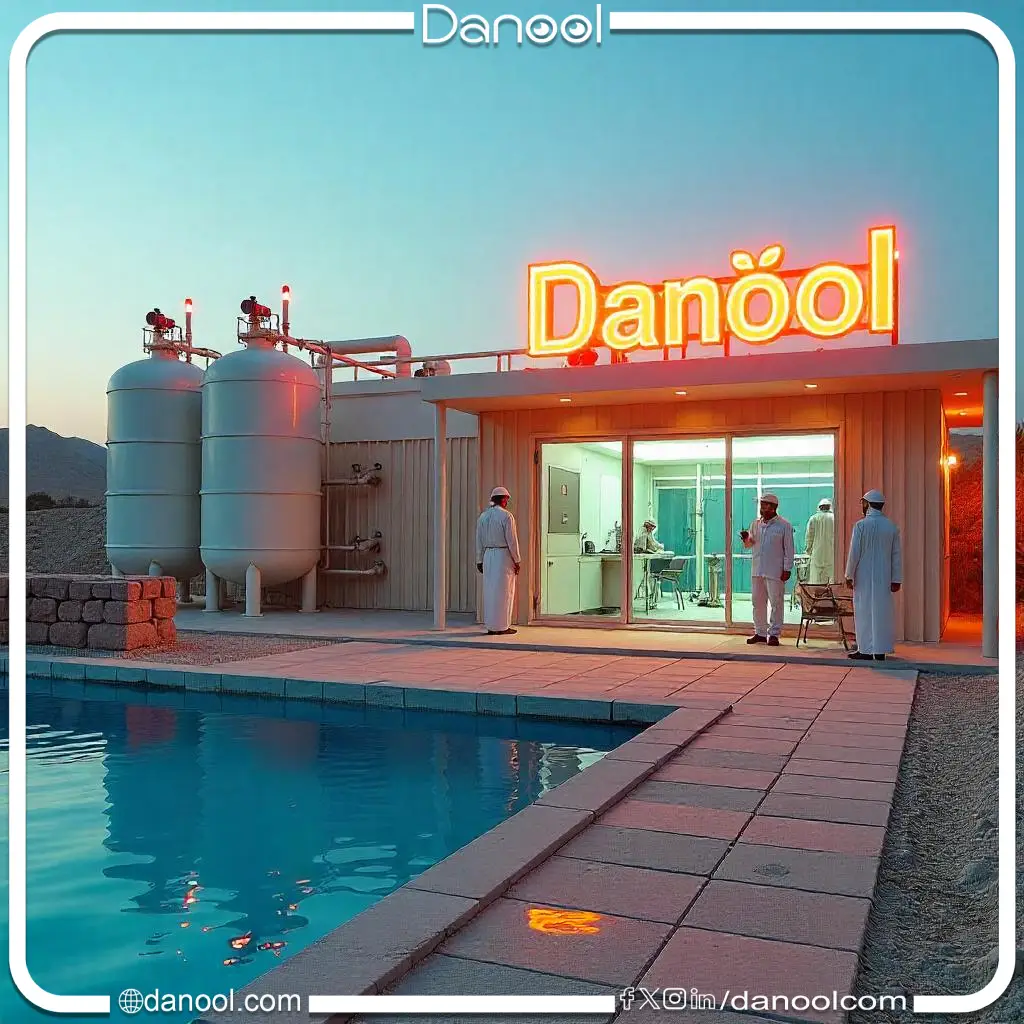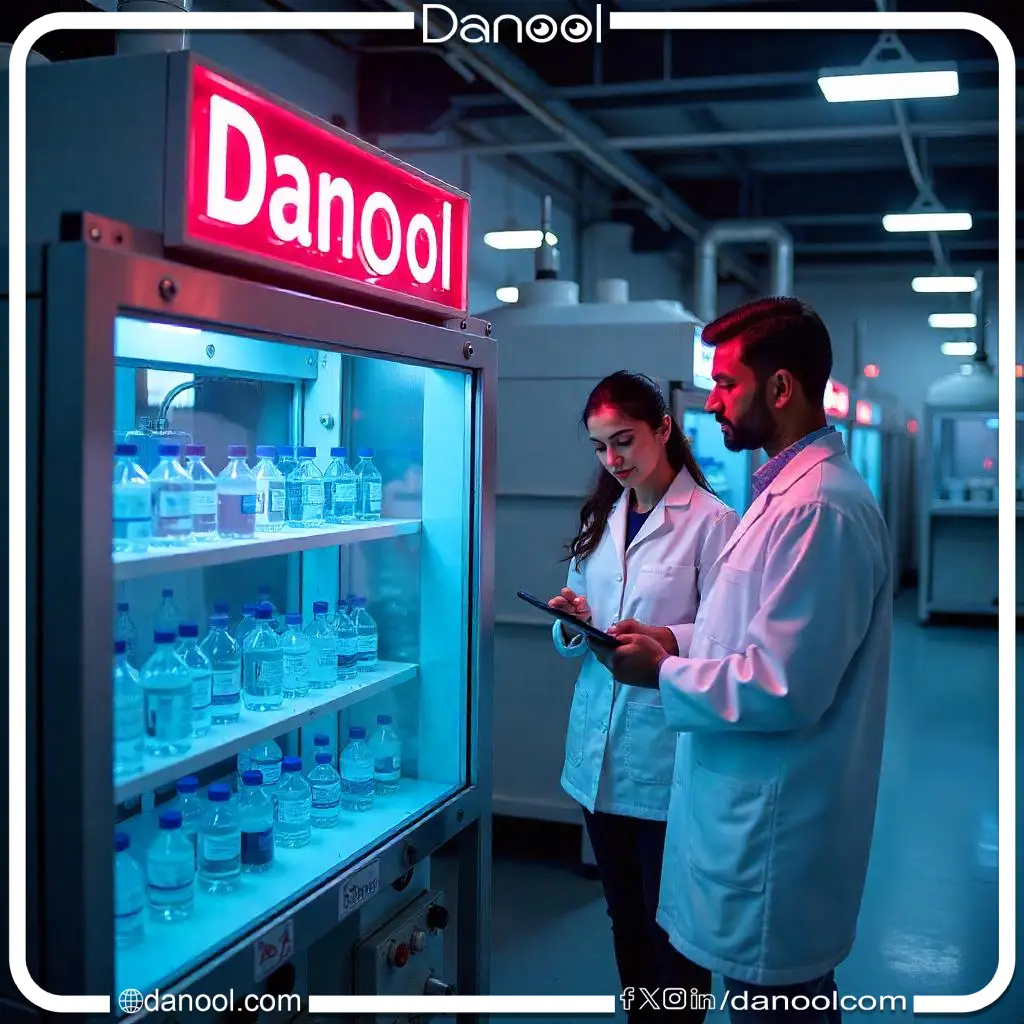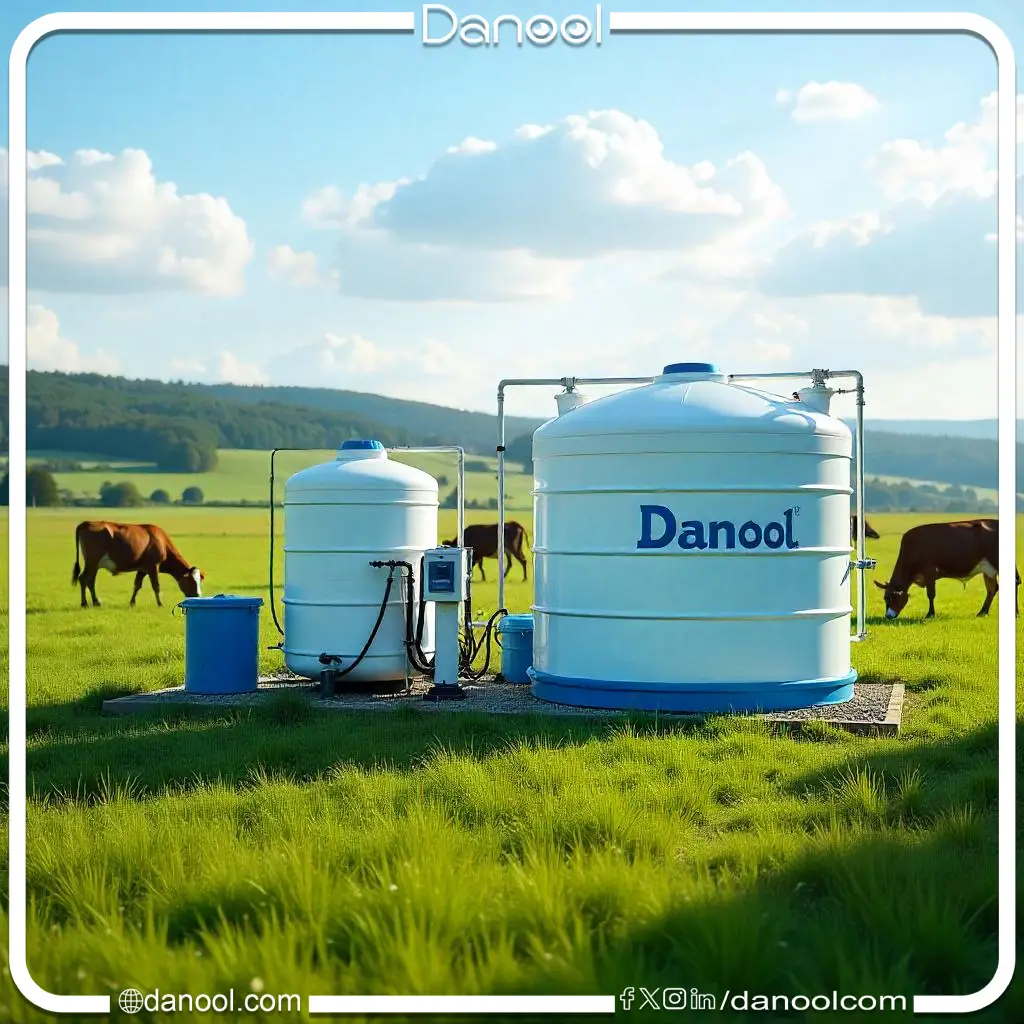Amid challenges related to the scarcity of potable water and reliance on freshwater resources, desalination plants have become a necessary solution to provide pure water. A water desalination and purification plant with a production capacity of 10 cubic meters per day (10,000 liters) is ideal for large household uses, commercial establishments, and medium-sized farms. In this article, we will review the components of the desalination plant and its operating mechanism, as well as the factors that affect its cost, without mentioning prices.
Components of a water desalination and purification plant with a capacity of 10 cubic meters per day:
1. Pre-treatment unit
- Feed Pump
It draws water from the source (well, tank, or seawater) to the plant. - Sand Filter
Large impurities such as dirt and sand are removed - Carbon filter:
It removes organic materials and chlorine to improve water quality and protect the membranes. - Micron filter:
It removes small particles (such as bacteria and fine impurities) to ensure system efficiency.
2. Reverse Osmosis System.
- High-Pressure Pump.
It is used to increase water pressure and push it through reverse osmosis membranes. - Reverse Osmosis (RO) Membranes:
It is the main component that removes salts, heavy metals, and dissolved substances from the water. - Brine Rejection System:
It removes the brine produced during the desalination process to ensure the continuity of the operation.
3. Final treatment unit.
- Acidity adjustment device
It works to adjust the pH level of the water to make it suitable for drinking. - Ultraviolet (UV) Sterilization Unit
It kills the bacteria and viruses present in the water after the desalination process. - Mineralization Unit:
It adds essential minerals such as calcium and magnesium to improve the taste and quality of the water.
4. Produced water tank.
- A tank made of rust and bacteria-resistant materials, ensuring the safe storage of purified water until it is distributed.
5. Control and monitoring panel.
- Digital display
It displays information about water pressure, salt concentration (TDS), and flow rates. - Sensors
To continuously monitor water quality and operational efficiency.
6. Pipes and fittings.
- Pipes and fittings made of corrosion-resistant materials to withstand high pressure and ensure no water contamination during operation.
The working mechanism of a 10 cubic meters per day water desalination plant:
- Water extraction from the source:
Using the feed pump, raw water (such as well water or seawater) is transported to the plant. - Primary treatment
The water is purified from large impurities and chlorine through primary filters to prepare it for the desalination process. - Reverse osmosis desalination:
The water is pressurized through reverse osmosis membranes that separate salts and harmful minerals from the fresh water. - Final treatment
The pH is adjusted, the water is disinfected, and essential minerals are added to improve its quality. - Storage
The purified water is stored in a sealed tank, ready for use or distribution.
Factors that affect the cost of a desalination plant:
1. Type of raw water:
- The cost of treatment varies depending on the type of water (well water, seawater, or surface water). Water with a high salinity requires more advanced equipment.
2. Component quality
- Prices vary depending on the quality of the pumps, membranes, and filters used. High-quality components ensure a longer lifespan and higher efficiency for the plant.
3. Storage tank capacity
- The larger the capacity of the tank accompanying the plant, the higher the overall cost.
4. Energy consumption:
- Plants with high energy efficiency are more expensive initially, but they are cost-effective in the long run.
5. Installation and maintenance services
- Plants with high energy efficiency are more expensive initially, but they are cost-effective in the long run.
6. Optional add-ons
- Such as the ultraviolet system or the mineral addition unit, which increases the cost of the plant.
Ideal uses for a 10 cubic meters per day desalination plant:
- Home use:
- Suitable for large homes or residential complexes to provide clean drinking water.
- Commercial use:
- Used in restaurants, hotels, and small factories that require moderate amounts of purified water.
- Agricultural use:
- Ideal for irrigating crops or for use in hydroponic farming systems.
- Industrial use:
- Used in cooling processes or production operations that require low-salinity water.
- Remote areas:
- Provides fresh water in areas that suffer from a lack of water resources.
Advantages and Benefits
- Advantages and Benefits
- Removes up to 99% of salts, heavy metals, and pollutants.
- Sustainable economic solution:
- Reduces dependence on bottled water and unsustainable sources.
- Operational flexibility:
- The station can be operated using electricity or solar energy.
- Compact design:
- Suitable for small spaces, easy to transport and install.
- Low operating costs in the long term:
- Especially with high energy efficiency and regular maintenance.
A brief table for a water desalination and purification station with a capacity of 10 cubic meters per day.
| Item | Description |
|---|---|
| Plant capacity | 10 cubic meters per day (10,000 liters). |
| Uses | Homes, commercial establishments, agriculture, small industries, remote areas. |
| Essential components | Feed pump, sand, carbon, and microfiber filters, high-pressure pump, reverse osmosis membranes. |
| treatment unit. | pH adjustment, UV disinfection, mineral addition, water storage in a safe tank. |
| Operating mechanism | Pre-treatment of impurities, reverse osmosis desalination, final treatment, water storage for use. |
| Advantages | 99% removal of salts, energy efficiency, compact design, easy regular maintenance. |
| Ideal Uses | Homes, hotels, restaurants, crop irrigation, industrial cooling, remote areas. |

Conclusion
A water desalination and purification station with a production capacity of 10 cubic meters per day is an ideal solution for individuals and establishments seeking a reliable source of fresh water. Through reverse osmosis techniques and final treatment, the station provides high-quality water suitable for drinking and various uses. When choosing the station, it is important to consider the quality of the components, energy efficiency, and installation and maintenance services to ensure maximum benefit and long-term sustainability of its performance.

